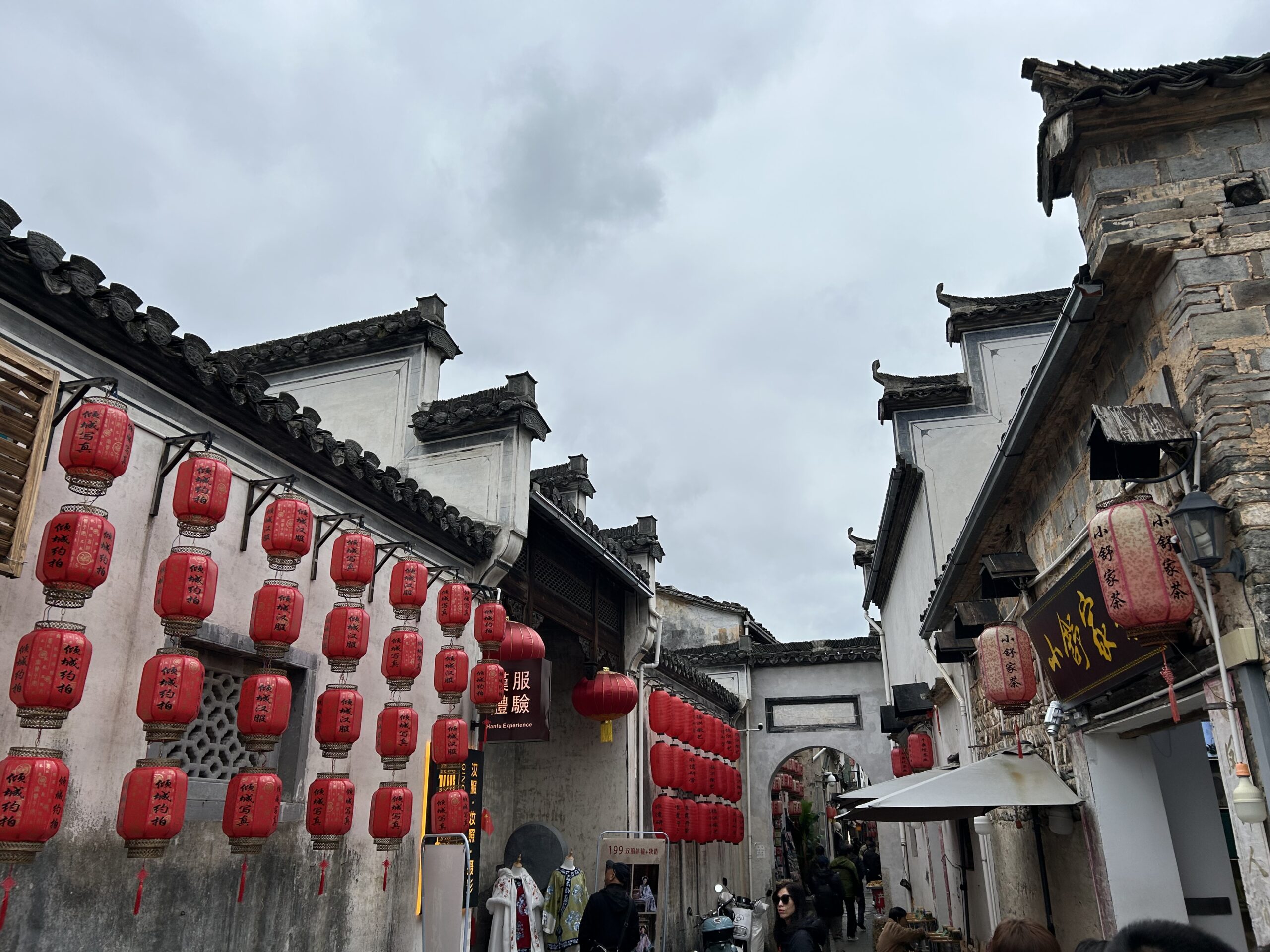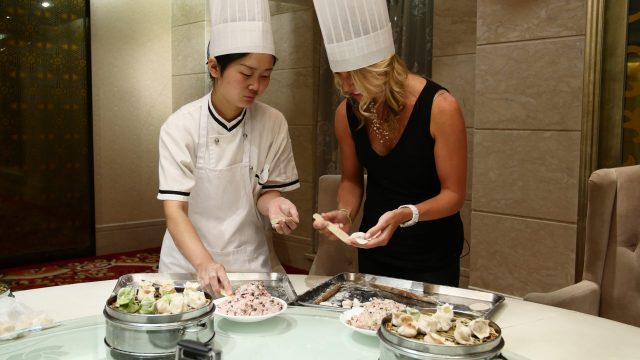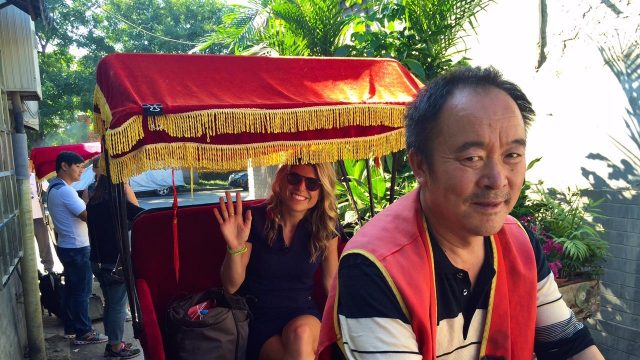Articles found in: China

The Joy of the Journey: Why Train Travel is the Ultimate Way to Get More Out of Your Adventure
Published on August 8, 2025
THE JOY OF THE JOURNEY: WHY TRAIN TRAVEL IS THE ULTIMATE WAY TO GET MORE OUT OF YOUR ADVENTURE From bullet trains to bunk beds, rail travel is a truly immersive experience By: Yves Marceau, VP of product for G Adventures When traveling, it’s all too easy to skip from one destination to the next, […]
Keep reading
Crouching Tiger, Hidden Dragon…Anyone?
Published on February 12, 2025
Crouching Tiger, Hidden Dragon…Anyone? By Ricko Tindage, Director of Sales at Elite Voyages Since “Crouching Tiger, Hidden Dragon” was released in the U.S. in 2000 and eventually garnered the Oscar in 2001 for best foreign-language film, this martial arts movie has captured the imagination of American and international audiences worldwide. I was fortunate to visit […]
Keep reading
Four Reasons to Travel to China Now
Published on August 15, 2017
Whether it’s sharing lunch with a local family in a private home in Beijing, marveling at one of China’s 52 famous UNESCO World Heritage Sites, or riding the Mag Lev bullet train into the modern metropolis of Shanghai, there are so many ways to experience the vast and varied country of China. Credit: go-today […]
Keep reading
Discover China
Published on December 1, 2015
The ancient treasures and modern wonders of China span 5,000 years of culture and history. Join Kelley Ferro, travel expert and video journalist, as she journey’s through Shanghai, Xi’an and Beijing with USTOA tour operator member Wendy Wu Tours. Catch a Glimpse of Ancient China As one of the oldest ancient civilizations, China boasts a […]
Keep reading
Traveling Through Old China a New Way
Published on November 10, 2015
By Sherry Ott, AFAR Ambassador The single burnt out speaker crackles and pops as a high-pitched voice fills the thick night air in Xi’an. Mandarin sung is just as confusing as listening to it spoken, and now it’s blaring out of a single speaker that should have been retired about 15 years ago. However, it’s […]
Keep reading
Beijing Behind Closed Doors: A Peek into the Hutong Neighborhoods
Published on November 3, 2015
By Kelley Ferro I craned my neck to look into each doorway that we passed. We were moving along at good clip on a bike taxi, or “bike rickshaw,” through the narrow streets of a Beijing neighborhood. The streets were lined with high walls and intimidating doorways. These imposing facades gave very little insight into […]
Keep readingExploring China’s Food Scene
Published on October 27, 2015
By Sherry Ott, AFAR Ambassador My first memory of international cuisine was when I was 12 years old. I’ll never forget going to a Chinese restaurant in Peoria, Illinois for the first time. It was darkly lit, with big round tables and little cups for tea. I was fascinated with these cups because they didn’t […]
Keep reading
